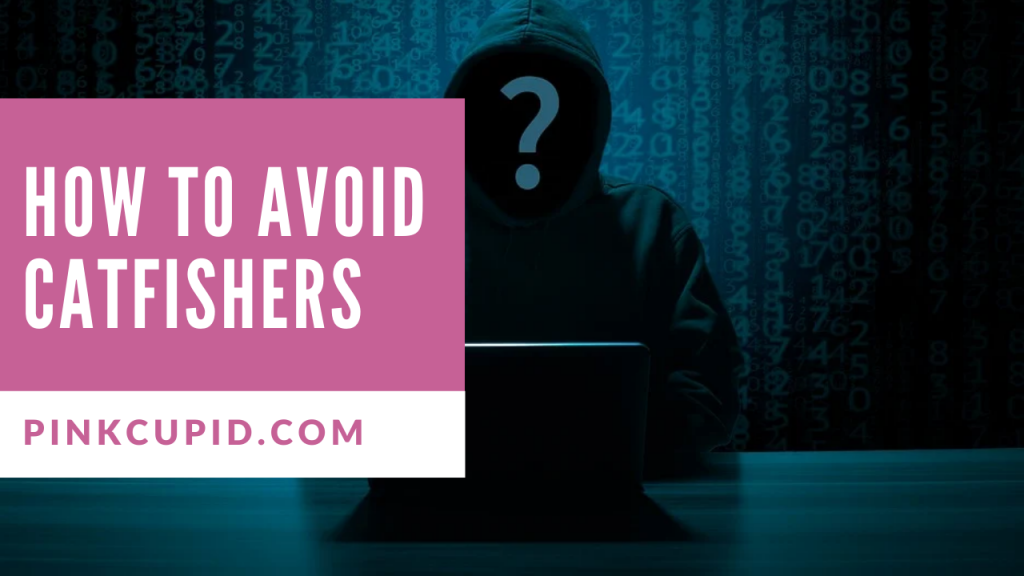
Catfishers and scammers come in many forms, from perturbed Nigerian princes to generous Ukrainian billionaires, the internet has always maintained its fair share of people who aren’t who they claim to be. Year on year, the strategies employed by these characters continue to become more complex. You no longer need to have grandchildren to fall for their treachery.
In fact, a 2018 survey by Sugar Cookie found that one in three people have encountered a catfisher, while a fifth of them gave up a portion of their net worth in the process. Unfortunately, the online lesbian dating scene is no exception to this phenomenon, and exercising some caution is a necessary endeavor.
The good news is that catfisher are fairly easy to catch once you know what to look out for. No less true than for spammers, scammers and any other unsavory characters you might come across during your adventures on lesbian dating apps or sites. The following are some pointers to help you stay safe.
Catfisher Telltale Signs
Let’s start with a few more obvious signs that the person you’re dealing with is someone else. You’ll find that most of them follow the same principle ‐ if it’s too good to be true, it probably is.
- Their images are all headshots or photos that look like they were taken in a professional setting.
- Your phone call and video chat proposals are always met with excuses to justify why they can’t do it.
- They ask you for money to help them with a predicament.
- You can’t find their social media profiles or any other information about them online.
- Their grammar and spelling could do with some work.
- You’re expected to send them revealing photos.
- They mention the “L” word sooner than any sane person.
Another potential sign is that they do have social media profiles, but there’s more than one of them on the same platform ‐ i.e. two Instagram or Facebook accounts. This usually indicates that the person copied someone else’s details.
Do Some Research
There’s no shame in taking the precautionary measure of doing some research on whoever you start talking to. A simple Google search should help you get a better idea of whether the person is genuine. Entering their first name, last name, and location will usually do the trick. While not always accurate, it’s worth proceeding with caution if nothing shows up.
Social Media Details
Aside from duplicates of the same account, there are some additional signs that the user might be a catfish. For instance, look into their friend/follower list. If it’s a minuscule number of people who don’t
seem related to the person, then it might not be a real account. The same is true for their posts and photos. Look out for any inconsistencies.
Reverse Google Image Search
One of the best ways to verify whether the person is real is to perform a reverse image search of their profile pictures or any other photos that they send you. This should reveal whether the images are available elsewhere online. From there, you can check where the image is located and make a judgement accordingly.
Keep in mind that a convincing reverse image search doesn’t guarantee whether someone is genuine. The suspect may be stealthy enough to use an image that cannot be found on the internet. They could have borrowed it from a friend or family member, for instance. In this case, it pays to look out for other signs.
Be sure to follow as many of these steps as possible before settling on a conclusion. If something doesn’t feel right, it probably isn’t ‐ so trust your instincts.
